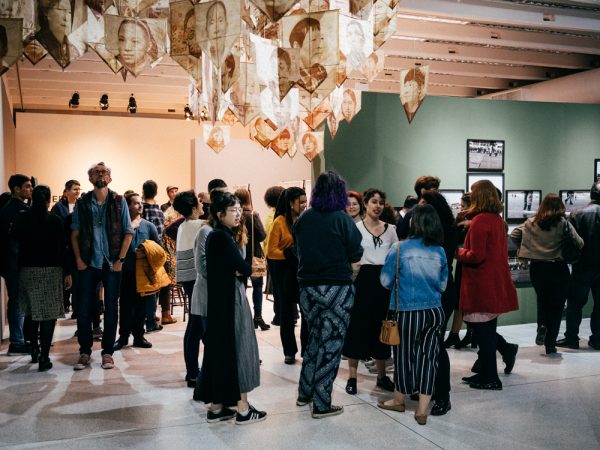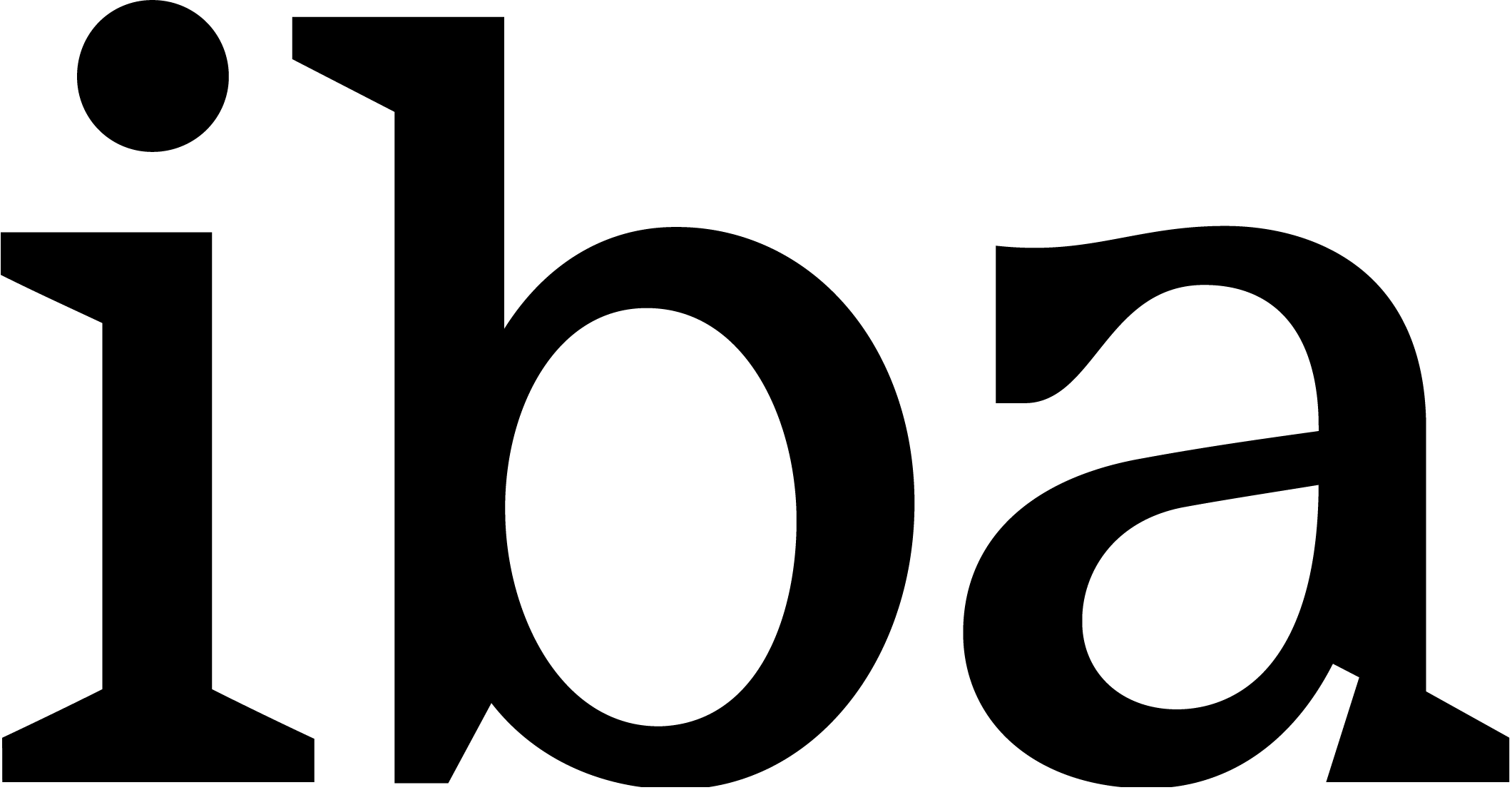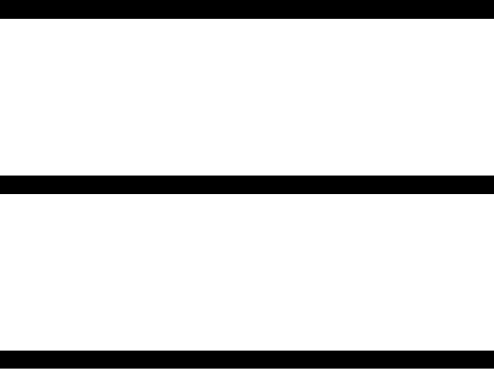4th Istanbul Design Biennial Spreads over Europe
18 March 2019Aichi Triennale 2019: Additional Artists Announced
8 April 2019
Credits of Image: Braian Boguszewski
14th Curitiba International Biennial
Open Borders
September 21, 2019 – February 23, 2020
http://bienaldecuritiba.com.br
In 2019, Curitiba International Biennial of Contemporary Art enters its 14th edition and publicly announces its curatorial concept, signed by the Spanish Adolfo Montejo Navas and the Brazilian Tereza de Arruda: “Open Borders” is the theme that aligned the edition. It will happen from September 21st 2019 to February 23rd 2020. The thematic proposal is a dialogue of deconstruction of the notions of physical boundaries, and the transformations they undergo over time and from the relations between subject and space.
Following a tradition built in previous years, this edition will occupy hundreds of spaces of Curitiba, including municipal and state museums, as well as galleries and public spaces. Curitiba public transport buses and terminals will also receive a special program from the 14th Curitiba Biennial: video-art works will be broadcast on bus and terminal televisions, aiming to take contemporary art out of traditional art spaces as well, sensitizing the population. Outside of Curitiba, the Biennal widens further its headquarters, with exhibitions in other cities of Paraná, as well as international exhibitions in Argentina, Paraguay, Uruguay, European countries such as France, Spain and Africa, such as South Africa.
The Curatorship
Adolfo Montejo Navas and Tereza de Arruda are announced as the curators of the 14th Biennial of Curitiba.
Adolfo Montejo Navas was born in Madrid, Spain in 1954, and has been a researcher of Contemporary Art in South America and Europe for more than 20 years. In addition, he is a poet, art critic, independent curator and visual artist. Collaborator of several cultural publications in Spain, Portugal and Brazil. he is also
a correspondent in Brazil since 1998 of the international art magazine Lápiz, where he periodically publishes essays, articles and interviews. He has held numerous monographic curators in South American and European countries, such as Ramoníana, 1991 and Elifas Andreato, 1992, both at the Casa de Cultura-Alcobendas, Madrid. He signs curatories at the Curitiba Biennial since the 2015 edition, with exhibitions by artists such as Antonio Arney and Eliane Prolik.
Tereza de Arruda is an art historian and independent curator. She lives since 1989 between São Paulo, Brazil, and Berlin, Germany, where she studied Art History at the Freie University Berlin. Curator of several exhibitions as Ilya and Emilia Kabakov, Kunsthalle Rostock; Chiharu Shiota, SESC/São Paulo and Kunsthalle Rostock; Katharina Sieverding, Fototeca de Cuba; India Side by Side, Cultural Center of the Brazilian Bank Rio de Janeiro, São Paulo and Brasilia; Sigmar Polke die Editionen, MASP/São Paulo and Me Collectors Room/Berlin; InterAktionBrasilien in Sacrow, Schloß Sacrow / Potsdam; Wang Qingsong at Køs Museum for Kunst in Copenhagen; WANG CHENGYUN, TodayArtMuseum of Beijing; If Not At This Time – German Contemporary Painting with Teixeira Coelho Netto at MASP/São Paulo among others. Collaborator at the Havana Biennial, Cuba, since 1997. Co-curator of the International Biennial of Curitiba in 2009, 2013, 2015 and 2017.
About Curitiba Biennial
Throughout a 25 year history, the Curitiba Biennial was established in Brazil as one of the main art events on the world circuit. In 2017, China was honored and brought together 62 contemporary Chinese artists, from a total of 435 artists from 43 countries on five continents and received about 1 million visitors. In addition, the Biennial operates with extensive parallel programming and the promotion of circuits, working on other fronts besides contemporary art throughout the biennial period. It’s the case of the Biennial Film Festival, the Curitiba Literária (literature program) , the Architecture Circuit, Art Galleries Circuit, among other proposals that artistically mobilize the city, the population and visitors in multiple levels.
OPEN BORDERS
The concept of border does not only belong to territory or geography anymore. It has been conceptually expanded and is now part of a bigger universe, one made of broader questions and, overall, more transversal ones. There is already a plural imagination that touches aspects of understood natures. Far away, that is, from commensurate; tranquilizing; pertaining in geographic limits answering to a thematic narrative physics – and closer to the important meaning distortions of social, technological, cognitive and contemporaneous nature. Especially amidst our times, ripe with changes and transformations of multiple signs (with the concurrency of new time and space coordinates, globalization, post-history, the worldwide technologization, environmental crisis, the search for new cosmologies etc.), which moves the meaning of old semantics, mono-dimensionally fixated in a single meaning.
On the one hand, contemporary history – that which belongs to our most recent times – has not only been modifying the idea of limits and frontiers; it has been also detracting some older ones, spatially, in the very plane of territory. A fruit of historical conflicts of many kinds, changes in borders, regions, countries have been happening; swapping signs and realities from entire populations’ lives. Our times live under such a degree of uncertainty that physical and symbolical notions of place have been suffering great erosion and transformation, for both good and bad. We now know that real borders exist, but so do invisible ones – they contradict one another, and they establish very unpeaceful conflicts. A border may be many things at the same time.
On the other hand, however, art has always been a space of frontiers, a hiatus between the realms of language and reality, a borderline state of fluctuating, non-fixated nature. When, after all, has art not been such double vigil, such atavistic split from representation, from language? The possibility of naming habitat from language, or even linking oneself to a new place?
We have two movements in front of us: the mutating geography of history and its spatial correlates and the mutating geography of art and its linguistic derivations, in line and difference, convergence and divergence. And it is in such a scope that
some contaminating aspects are offered: the 21st century subject lives in a new border condition, with counterposing experiences, faced with alterity and self-absorption. Experiences of violence, domestication and xenophobia (the so-called refugee crisis, or new intercontinental emigratory waves, and the planetwide communication reveal how much the frontier is imploded and exploded and, in consequence, in need of new evaluations and updates). We are, thus, in a new situation of reborders and unborders, new spatial and social, territorial groups, as well as of new artistic experiences of border-art, presence of nomadic (or far from their origins) artists, counting on the existence of works in multicultural partnerships, as well as amplifying even more the field of borders between languages and their connection.
The 14th Curitiba International Biennial of Contemporary Art intends to incorporate said instigating contemporary condition, opening even more its expositive borders, creating partial venues, convergent with other countries – windows to another platform –, linking itself to artists in the entire world, to artistic production from every cardinal point in the globe and, in this edition, highlighting countries from another emerging geopolitics like the BRICS, with its new intercontinental orbit, as well as symbolic and meaningful European countries , an indispensable cartography and so strictly linked, both historically and culturally to the Americas, to Latin America, to Brazil, and materially to Curitiba. Not only the European cultural melting pot, but its richness and diversity have had a never seen transculturalization in the American continent, an autonomous creation – unprecedented anthropophagy and miscegenation – always worthy of independence, but also of new links and interworld dialectics, such as the new cultural and territorial interconnections of our globalized age. And the artists’ recognized vocation was of revaluating their roles as connectors, contributing to the work in progress that is every process of artistic research, imagery to attain new states of consciousness regarding the surrounding reality and the timeless problems of human condition. And, in consequence, contributing with new thoughts on the construction and the process of another history.
Art, especially when fulfilling a symbolic and speculative function – one of translation and interpretation – inside a Biennial is a high profile social and reflexive task. It has a great responsibility in our aestheticized society, be it as a showcase where art and culture are linked or as a place of action which also reflects the spirit of its time. The Biennial, the border-art, reveals in its turn its own perception of things, of contexts, since it never stops being art and its circumstances. And its chimerical dream of open borders or, even better, of expanding borders, for it is a frank utopia in the making, the openness of a critic hope. What will bring another sensorium, a new contact with what’s sensory, a free production of the being. An antidote-language against fundamentalism, the instrumentalized visuals which still host a singular spiritual benefit. As a space for revelations and image analysis, art also works as a compass of another map in movement, on course, a better cartography: it offers a unique repertoire of signals, a new signage.



